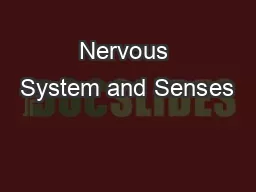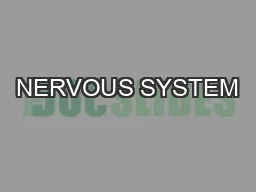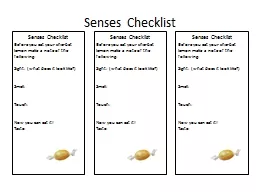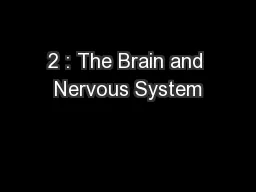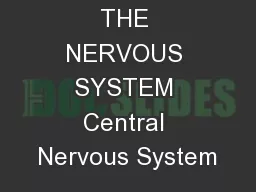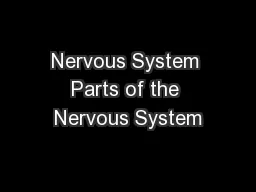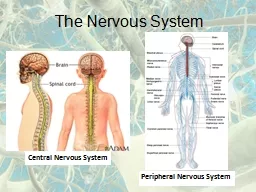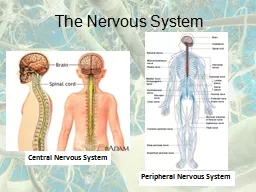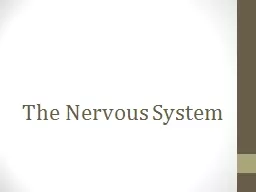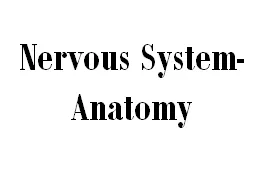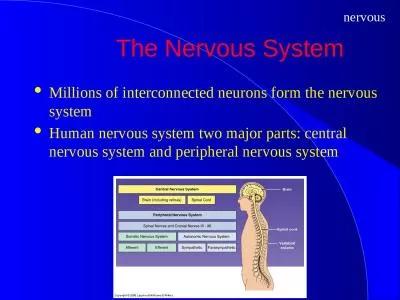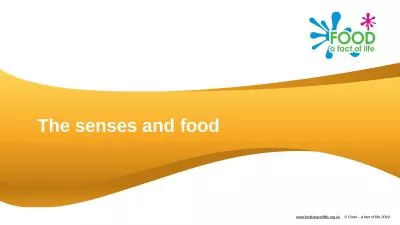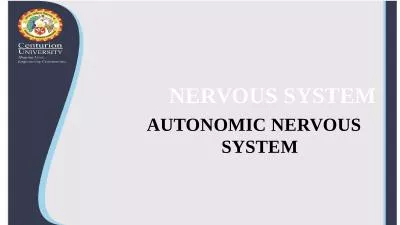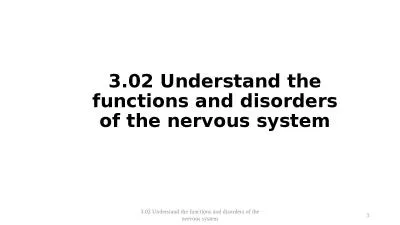PPT-Nervous System and Senses
Author : test | Published Date : 2017-12-16
Chapters 27 Our conscious model of reality is lowdimensional projection of the inconceivably richer physical reality surrounding and sustaining us Our sensory organs
Presentation Embed Code
Download Presentation
Download Presentation The PPT/PDF document "Nervous System and Senses" is the property of its rightful owner. Permission is granted to download and print the materials on this website for personal, non-commercial use only, and to display it on your personal computer provided you do not modify the materials and that you retain all copyright notices contained in the materials. By downloading content from our website, you accept the terms of this agreement.
Nervous System and Senses: Transcript
Download Rules Of Document
"Nervous System and Senses"The content belongs to its owner. You may download and print it for personal use, without modification, and keep all copyright notices. By downloading, you agree to these terms.
Related Documents

